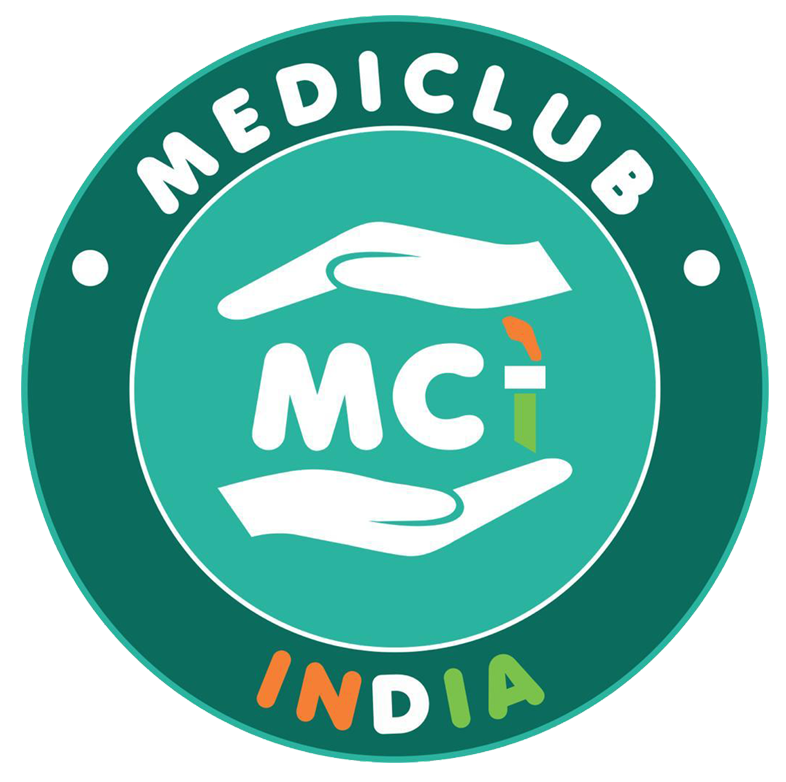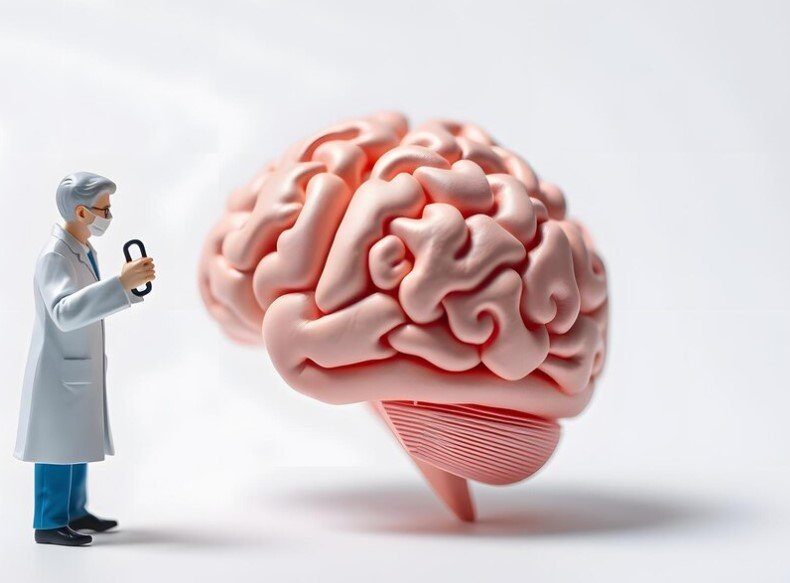Understanding Stroke: Symptoms, Treatment, and Prevention
A stroke is one of the leading causes of death and disability worldwide. It occurs when the blood supply to a part of the brain is disrupted, causing brain cells to die from lack of oxygen. The impact of a stroke can be life-altering, and in many cases, the damage is irreversible. However, with early detection and appropriate medical intervention, the chances of survival and recovery significantly improve. This article delves into the symptoms, treatment, and prevention of strokes, with insights from leading neurologist Dr. Kunal Bahrani, a top Stroke Doctor in Faridabad.
What Is a Stroke?
A stroke occurs when blood flow to a part of the brain is blocked or interrupted. Without a steady supply of oxygen and nutrients, brain cells start to die, leading to brain damage. There are two main types of stroke:
- Ischemic Stroke: This is the most common type, accounting for about 85% of strokes. It happens when a blood clot or plaque buildup blocks a blood vessel supplying blood to the brain.
- Hemorrhagic Stroke: This occurs when a blood vessel in the brain bursts, causing bleeding in or around the brain. This type of stroke is less common but often more severe.
Symptoms of a Stroke
Recognizing the symptoms of a stroke early is crucial for getting timely treatment. The faster you act, the better the chances of minimizing long-term damage. Here are the most common signs and symptoms of a stroke:
- Sudden numbness or weakness in the face, arm, or leg, especially on one side of the body.
- Confusion or trouble speaking and understanding speech.
- Vision problems in one or both eyes, such as blurriness or partial blindness.
- Difficulty walking due to dizziness, loss of balance, or coordination.
- Severe headache that comes on suddenly, often described as the worst headache of your life.
An easy way to remember the symptoms of stroke is to use the acronym FAST:
- Face drooping
- Arm weakness
- Speech difficulty
- Time to call emergency services
If any of these symptoms are observed, it’s essential to seek medical attention immediately.
Treatment for Stroke
The treatment for a stroke depends on the type of stroke and the time of onset. Immediate intervention is crucial for reducing brain damage and improving recovery outcomes.
- Ischemic Stroke Treatment
For ischemic strokes, which result from a blocked blood vessel, the primary goal is to restore blood flow to the brain. This can be achieved through the following methods:
- Medications: Clot-busting drugs like tissue plasminogen activator (tPA) are used to dissolve the clot and restore blood flow. These medications are most effective when administered within three to four hours of the onset of symptoms.
- Mechanical Thrombectomy: In some cases, doctors may perform a mechanical thrombectomy, a procedure in which a specialized device is used to remove the clot from the blocked artery.
- Hemorrhagic Stroke Treatment
For hemorrhagic strokes, the focus is on stopping the bleeding and relieving pressure on the brain. Treatments include:
- Medications: Drugs may be given to reduce blood pressure and prevent further bleeding.
- Surgical Intervention: In severe cases, surgery may be required to repair the blood vessel or remove blood that has pooled in the brain.
In either case, swift action is necessary. As Dr. Kunal Bahrani, the best Stroke Specialist in Faridabad, emphasizes, “Time is brain.” Every minute that passes without treatment results in more brain cells dying, making early diagnosis and treatment critical.
Rehabilitation and Recovery
Recovering from a stroke is a gradual process that requires patience and a comprehensive rehabilitation plan. Many stroke survivors experience challenges with mobility, speech, memory, and emotional well-being. This is where rehabilitation comes into play, guided by neurologists like Dr. Kunal Bahrani, a leading Paralysis Doctor in Faridabad.
Stroke rehabilitation can include:
- Physical Therapy: Helps restore movement, balance, and strength.
- Occupational Therapy: Aims to help patients regain independence in daily activities such as eating, dressing, and bathing.
- Speech Therapy: Assists patients in recovering their communication skills.
- Psychological Support: Mental health is an important aspect of recovery, as many stroke survivors struggle with depression and anxiety.
The length and intensity of rehabilitation depend on the severity of the stroke and the specific areas of the brain that were affected. Some people recover fully, while others may have long-term disabilities.
Stroke Prevention: Steps to Protect Yourself
Prevention is always better than cure, and while some risk factors for stroke cannot be controlled (such as age and genetics), many lifestyle changes can significantly reduce the risk.
- Manage Blood Pressure
High blood pressure is one of the leading risk factors for stroke. Regularly monitor your blood pressure and take steps to keep it within a healthy range through a balanced diet, exercise, and medication if necessary.
- Control Diabetes
If you have diabetes, managing your blood sugar levels can lower your risk of stroke. Work with your healthcare provider to maintain a healthy lifestyle and monitor your blood sugar levels regularly.
- Exercise Regularly
Engaging in regular physical activity helps lower blood pressure, reduce cholesterol, and maintain a healthy weight. Aim for at least 30 minutes of moderate exercise most days of the week.
- Quit Smoking
Smoking increases the risk of stroke by damaging blood vessels and promoting clot formation. If you smoke, quitting is one of the best things you can do for your overall health.
- Limit Alcohol Intake
Excessive alcohol consumption can increase blood pressure and the risk of stroke. Stick to moderate drinking guidelines to protect your health.
Conclusion
A stroke can have devastating effects, but with early detection, proper treatment, and lifestyle changes, the risk of long-term damage can be minimized. Dr. Kunal Bahrani, a highly respected Stroke Doctor in Faridabad, has helped numerous patients navigate the complexities of stroke recovery and prevention. As a top Stroke Specialist and Paralysis Doctor in Faridabad, he continues to provide expert care, helping patients regain their health and live fulfilling lives post-stroke.
If you or a loved one has experienced a stroke, seeking medical attention from an experienced neurologist like Dr. Kunal Bahrani is essential. With the right approach, recovery is possible, and future strokes can be prevented.

